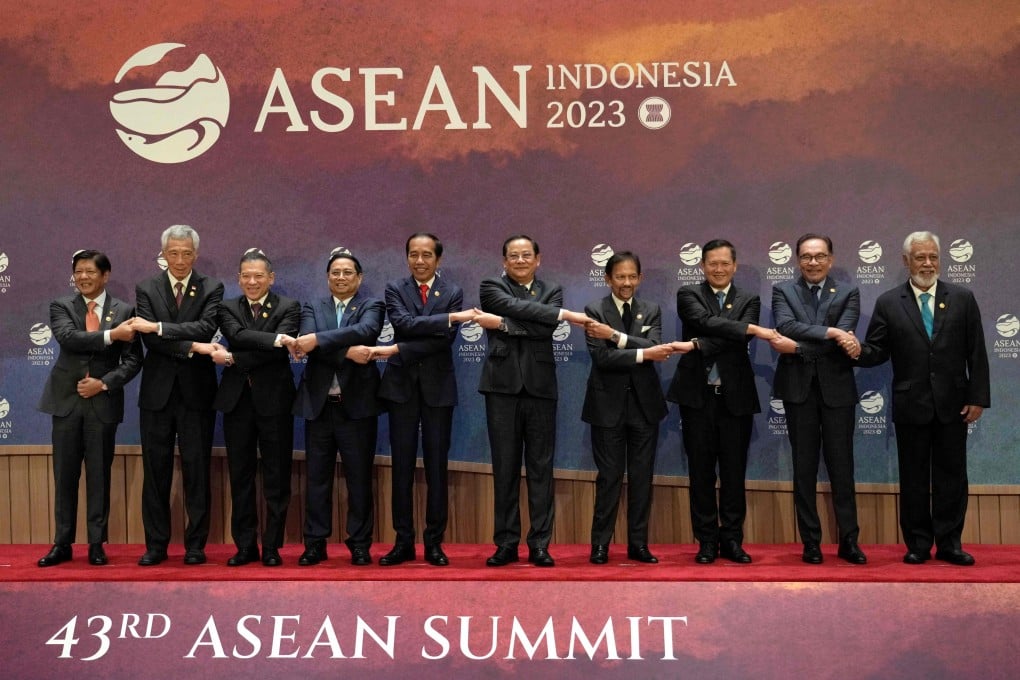Opinion | US-China tensions: Asean playbook shows how small states can navigate big power rivalry
- Asean has carved its own path with shrewd balancing, hedging and consolidation, showing that small and medium-sized powers can navigate the increasingly turbulent dynamics between the two countries

On December 30, one day before Indonesia’s Asean chairmanship lapsed, the region’s foreign ministers issued a statement articulating their “concern” over “recent developments in the South China Sea that may undermine peace, security, and stability in the region”.
Countries can take a leaf out of Asean’s playbook. Despite its economic intertwinement with and proximity to China, and strategic and military ties with the United States, Southeast Asia has carved its own path. Through shrewd balancing, hedging and consolidation, Southeast Asian nations show that small and medium-sized powers deserve a seat at the table.
First, Asean states are adept practitioners of dynamic balancing. They not only position themselves as uniquely useful and open to collaboration with both Beijing and Washington but also ensure the region remains neutral with no overarching tilt.
The former manifests best in the pro-trade courting of foreign investment from both the US private sector and China’s state-owned and private enterprises.
.png?itok=bcjjKRme&v=1692256346)